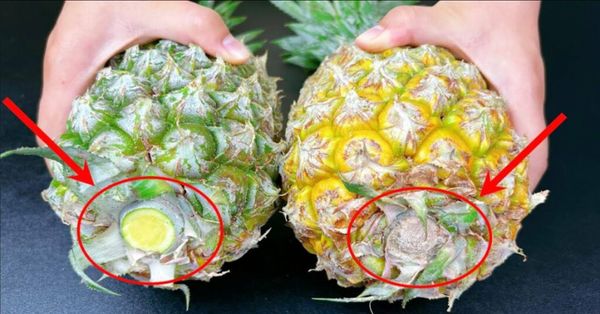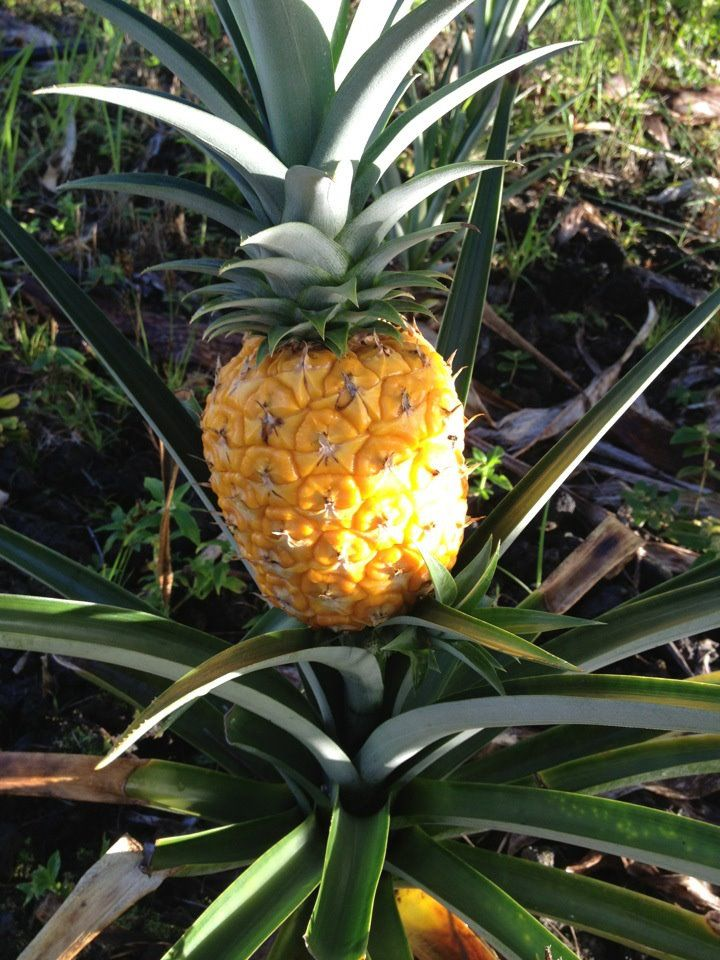Are you tired of bringing home a pineapple, only to find it lacks the sweet, tropical flavor you were hoping for? Don’t worry, we’ve got a simple trick that will help you choose the perfect pineapple every time. It all comes down to the eyes of the fruit – those hexagonal sections on the skin that hold the key to its sweetness.

The Eye of the Pineapple: Your Clue to Sweetness
When it comes to selecting a sweet pineapple, forget about the size or color of the fruit. Instead, focus on the eyes. The secret is to look for uniformity in the size and color of the eyes, particularly towards the base of the fruit.
Here’s What You Need to Know
- Uniform Eyes: A pineapple with eyes that are consistent in size and color indicates that it has ripened evenly. This means that the sugars have been well-distributed throughout the fruit, making it more likely to be sweet and delicious.
- Color and Aroma: While you’re examining the eyes, also pay attention to the pineapple’s color and aroma. A ripe pineapple will have a golden-yellow hue starting from the base and moving up towards the leaves. You should also be able to detect a sweet, fragrant aroma at the base, another sign of a ripe, sweet pineapple.
- Feel: Give the pineapple a gentle squeeze. It should feel firm but yield slightly under pressure. This indicates that it is ripe without being overripe.

Bringing Home the Sweetness
Armed with this knowledge, selecting a sweet pineapple becomes much easier. No longer will you have to rely on luck. Instead, use this simple yet effective method to ensure you bring home a pineapple that’s bursting with sweetness. Whether you’re adding it to your meals or enjoying it as a snack, every pineapple you select will be a guaranteed sweet treat.
And remember, the joy of selecting a sweet pineapple isn’t just about the delicious fruit you get to enjoy. It’s also about sharing the knowledge and the fruits of your labor with your loved ones. So, next time you’re at the market or grocery store, take a moment to inspect the eyes of the pineapple. It’s a small step that can make a big difference in your culinary adventures.